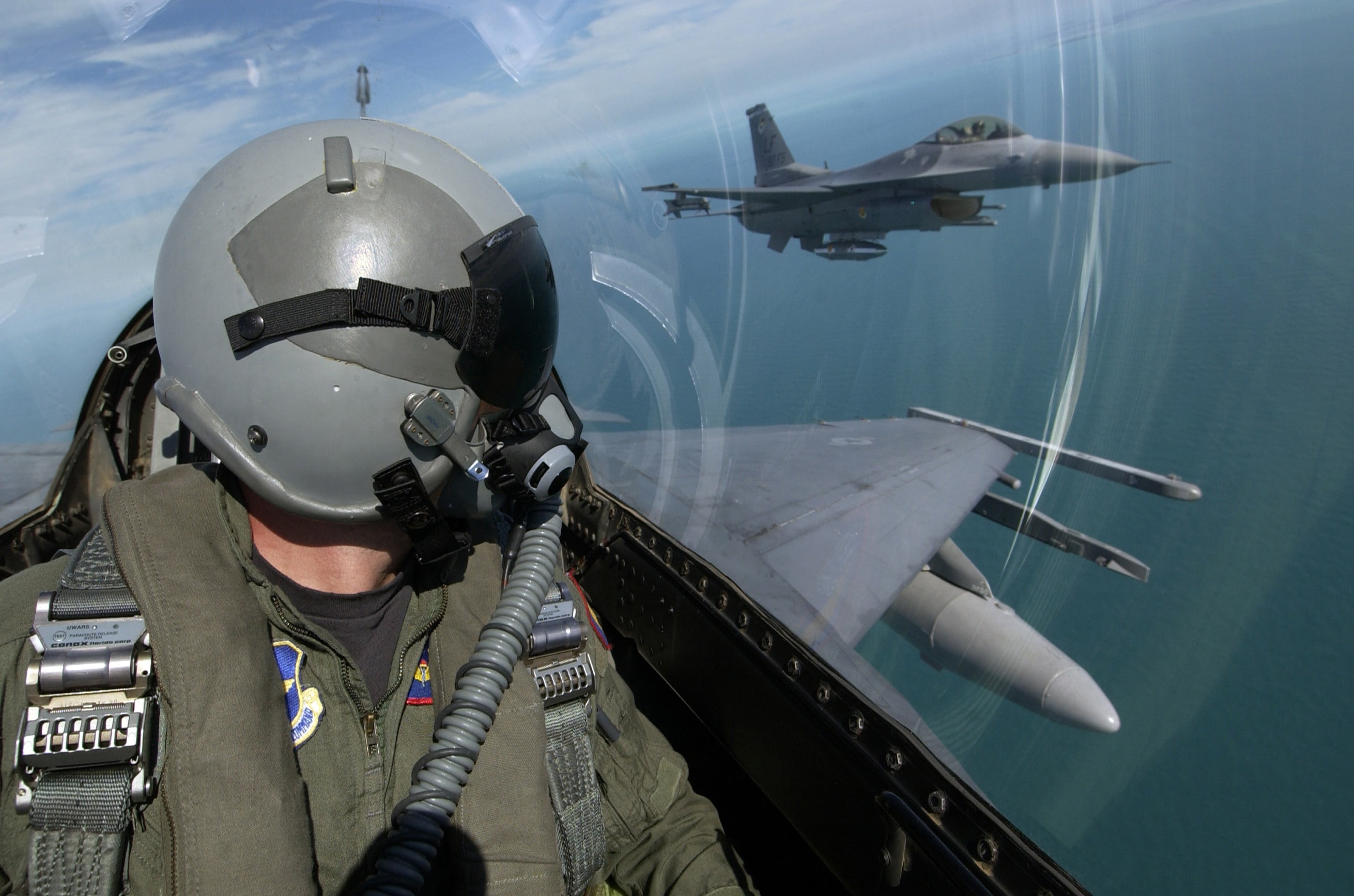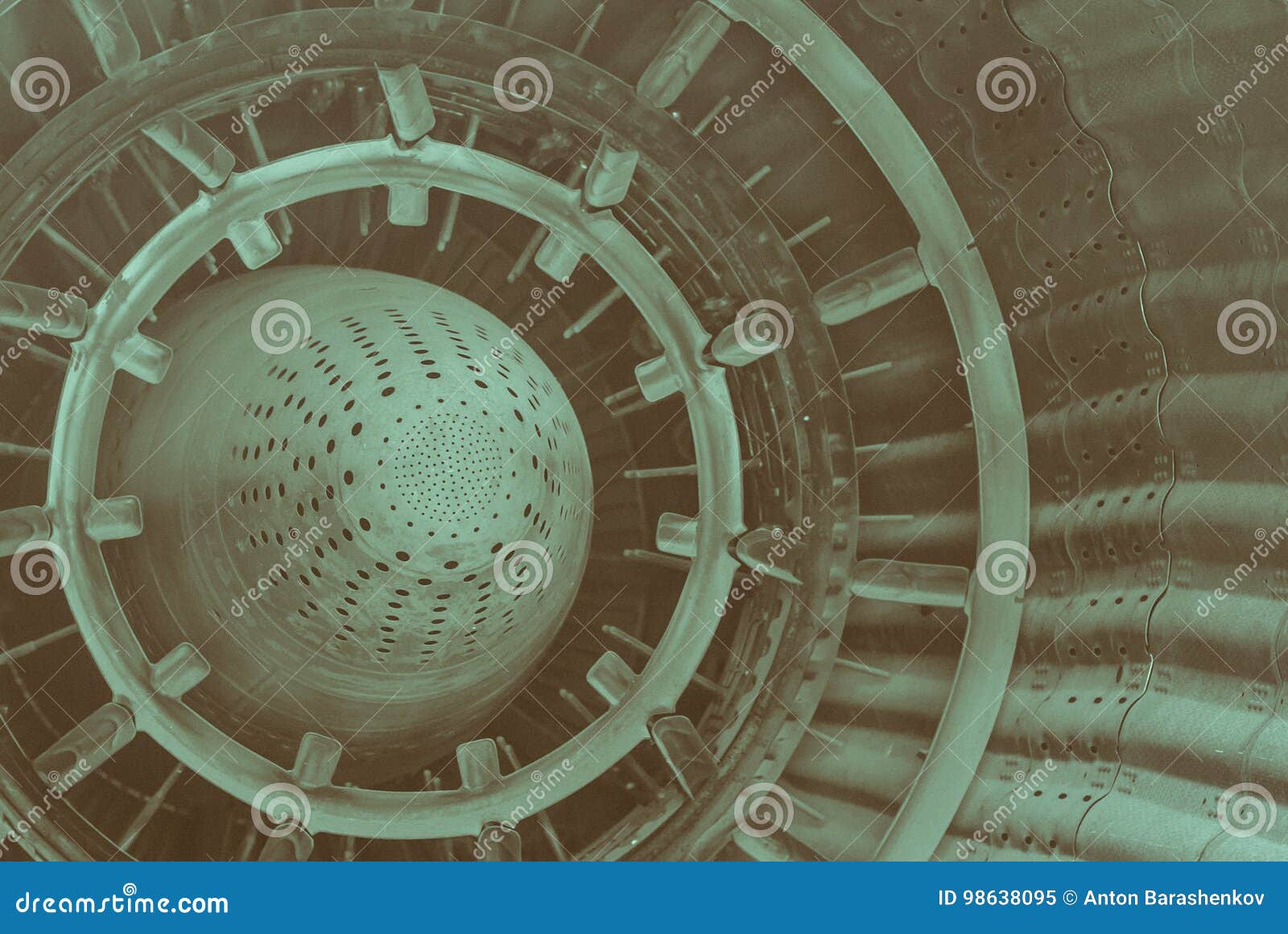Have you ever wondered what really happens inside of a jet? I mean, we all know it’s not just about sitting in a comfy seat and sipping on a drink while cruising at 35,000 feet, right? There’s so much more going on behind the scenes that most passengers don’t even realize. From the intricate workings of the cockpit to the secrets of the cabin crew, there’s a whole universe up there waiting to be explored.
Let’s face it, flying is kind of magical. You hop on this massive machine, and next thing you know, you're floating through the clouds like some kind of modern-day wizard. But have you ever stopped to think about the inner workings of a jet? Like, how does it stay up there without falling apart? Or why does your soda always taste weird at altitude? Trust me, there’s a lot more to it than meets the eye.
In this article, we’ll dive deep into the world of aviation, exploring everything from the technical details of the aircraft to the quirky little secrets that make flying such a fascinating experience. So buckle up, because we’re about to take you on a journey you won’t forget!
- Billie Eilish Images Your Ultimate Visual Guide
- Vasilisa And Valeriy Dating The Ultimate Guide To Their Love Story
What Happens Inside of a Jet?
When you step inside of a jet, you’re entering a carefully designed ecosystem. It’s like a mini city up in the sky, with its own rules, systems, and even quirks. The first thing you notice is the cabin, which is where the magic happens for most passengers. But there’s so much more to it than just the seats and overhead bins.
For starters, the air inside the cabin is carefully regulated. The pressure is kept at a level that’s comfortable for humans, but it’s still lower than what you’d experience on the ground. That’s why you might feel a bit tired or even a little lightheaded during long flights. And let’s not forget about the humidity – or lack thereof. The air up there is super dry, which is why staying hydrated is so important.
The Cockpit: Where the Magic Happens
Now, let’s talk about the heart of the operation – the cockpit. This is where the pilots do their thing, navigating the skies and keeping everyone safe. But what exactly goes on in there? Well, for starters, it’s a high-tech wonderland filled with screens, buttons, and levers. Everything is designed to help the pilots monitor the aircraft’s performance and make split-second decisions.
- Matthew Labyorteaux Movies And Tv Shows The Ultimate Fan Guide
- Aitana Bonmati Boyfriend The Ultimate Guide To Her Love Life And Relationships
And here’s a fun fact: pilots actually take turns flying the plane. One pilot might handle takeoff, while the other takes over for landing. It’s all about teamwork and keeping everyone fresh and focused. Plus, there’s usually a third person in the cockpit – the flight engineer – who keeps an eye on all the systems and makes sure everything is running smoothly.
Secrets of the Cabin Crew
Speaking of teamwork, let’s give a shoutout to the cabin crew. These folks are the unsung heroes of every flight, making sure everyone is comfortable, safe, and entertained. But did you know they have some pretty cool tricks up their sleeves? For example, they can tell if someone is feeling airsick just by looking at them. And they’ve got a whole arsenal of tips for dealing with turbulence, jet lag, and even cranky passengers.
Another interesting fact? Cabin crew members often have their own secret language. They use code words to communicate with each other without alarming the passengers. For instance, if you hear the phrase “coffee, tea, or me?” it might not be a pick-up line after all. It could be a signal to another crew member to check on a particular passenger.
Behind the Scenes: The Galleys
While we’re talking about the crew, let’s not forget about the galleys – the kitchens of the sky. These tiny spaces are where all the food and drinks are prepared and stored. But don’t be fooled by the fancy meals you see in first class. Most of the food on a plane is actually cooked on the ground and then reheated in flight. And let’s be honest, it doesn’t always taste great. That’s because your sense of taste is affected at altitude, making everything taste a bit blander.
Oh, and here’s a fun tidbit: the water on planes isn’t always the freshest. In fact, some airlines recommend avoiding coffee and tea altogether, since they’re made with water that might not be up to par. Stick with bottled drinks if you want to play it safe!
Inside of a Jet: The Engineering Marvel
Now, let’s talk about the engineering side of things. A jet is an incredibly complex machine, with thousands of moving parts working together to keep it in the air. The engines, for example, are marvels of modern technology. They suck in air, compress it, mix it with fuel, and ignite it to create the thrust needed for flight. And they do all this while producing enough power to light up a small city!
But it’s not just the engines that make a jet so impressive. The wings, for instance, are designed to generate lift, allowing the plane to stay airborne. And the fuselage – the main body of the aircraft – is built to withstand the stresses of flying at high altitudes. All of this is made possible by advanced materials and cutting-edge design techniques.
The Science of Flying
Of course, none of this would be possible without the science of aerodynamics. At its core, flying is all about balancing four forces: lift, weight, thrust, and drag. Lift is what keeps the plane in the air, while weight pulls it down. Thrust is what propels it forward, and drag slows it down. By carefully managing these forces, pilots can keep the aircraft flying smoothly and efficiently.
And let’s not forget about the weather. Pilots have to constantly monitor the skies for things like turbulence, storms, and wind shear. They use advanced radar systems and weather data to navigate around potential hazards, ensuring a safe and comfortable flight for everyone on board.
Passenger Experience: What You Need to Know
Now that we’ve covered the technical side of things, let’s talk about the passenger experience. After all, that’s what most of us care about when we step inside of a jet. Whether you’re flying economy, business, or first class, there are a few things you should know to make your trip more enjoyable.
For starters, always wear comfortable clothes. You’ll be sitting in the same seat for hours, so you want to be as comfy as possible. And don’t forget to bring layers, since the temperature inside the cabin can fluctuate. Also, consider bringing some noise-canceling headphones to block out the hum of the engines and the chatter of other passengers.
Tips for a Better Flight
Here are a few more tips to help you have a great flight:
- Stay hydrated – drink plenty of water before, during, and after your flight.
- Move around – get up and stretch your legs every hour or so to avoid stiffness.
- Bring snacks – the food on planes isn’t always great, so pack your own healthy treats.
- Use earplugs or ear pressure relievers – they can help with the discomfort caused by changing air pressure.
- Download entertainment – most airlines offer in-flight movies and music, but it’s always good to have a backup plan.
Inside of a Jet: Safety First
Safety is always the top priority when it comes to flying. Airlines go to great lengths to ensure that every flight is as safe as possible. From pre-flight inspections to emergency drills, there’s a lot that goes into keeping passengers secure. And let’s not forget about the cabin crew, who are trained to handle everything from medical emergencies to security threats.
But what about those scary moments, like turbulence or engine failure? Well, here’s the thing: planes are built to handle all kinds of situations. Turbulence might feel scary, but it’s actually pretty normal and not dangerous at all. And even if an engine fails, modern jets are designed to fly perfectly fine on just one engine. So rest assured, you’re in good hands.
Emergency Procedures: What to Expect
Speaking of emergencies, let’s talk about those safety briefings you hear before every flight. They might seem like a formality, but they’re actually incredibly important. Pay attention to the instructions, and make sure you know where the nearest exit is. And if the worst should happen, follow the crew’s lead – they’re trained professionals who know exactly what to do.
Oh, and here’s a pro tip: if you’re sitting in an exit row, you might be asked to help in an emergency. So if you’re not comfortable with that, let the crew know and they’ll move you to a different seat.
The Future of Flying
As we look to the future, the aviation industry is constantly evolving. New technologies are being developed to make flying faster, safer, and more efficient. From electric planes to supersonic travel, the possibilities are endless. And with the growing focus on sustainability, we’re seeing more and more airlines investing in eco-friendly practices, like using biofuels and reducing waste.
But it’s not just about the technology. Airlines are also working to improve the passenger experience, with innovations like virtual reality entertainment, personalized meal options, and even in-flight Wi-Fi that actually works. So who knows? The next time you step inside of a jet, it might feel like you’re stepping into the future!
Sustainability in Aviation
Speaking of sustainability, let’s talk about the impact of flying on the environment. It’s no secret that aviation contributes to carbon emissions, but the industry is taking steps to reduce its footprint. From carbon offset programs to more efficient aircraft designs, there’s a lot being done to make flying greener. And as consumers, we can do our part by choosing airlines that prioritize sustainability and offsetting our own carbon emissions.
Final Thoughts: Why Flying is Amazing
So there you have it – a deep dive into the world of aviation and what really happens inside of a jet. From the technical marvels of the aircraft to the incredible people who make it all possible, there’s so much to appreciate about flying. Sure, it might not always be glamorous, but there’s something truly magical about soaring through the skies and exploring the world.
Next time you step inside of a jet, take a moment to appreciate all the hard work and innovation that goes into making it happen. And remember, whether you’re flying for business or pleasure, there’s always something new to discover up in the air.
So what are you waiting for? Share this article with your friends, leave a comment below, or check out some of our other articles on travel and aviation. The skies are calling – are you ready to answer?
Table of Contents
- What Happens Inside of a Jet?
- The Cockpit: Where the Magic Happens
- Secrets of the Cabin Crew
- Behind the Scenes: The Galleys
- Inside of a Jet: The Engineering Marvel
- The Science of Flying
- Passenger Experience: What You Need to Know
- Tips for a Better Flight
- Inside of a Jet: Safety First
- Emergency Procedures: What to Expect
- The Future of Flying
- Sustainability in Aviation
- Aiden Gillan Rising Star In The Entertainment World
- Katy Dixon The Rising Star Whos Turning Heads In The Entertainment World


